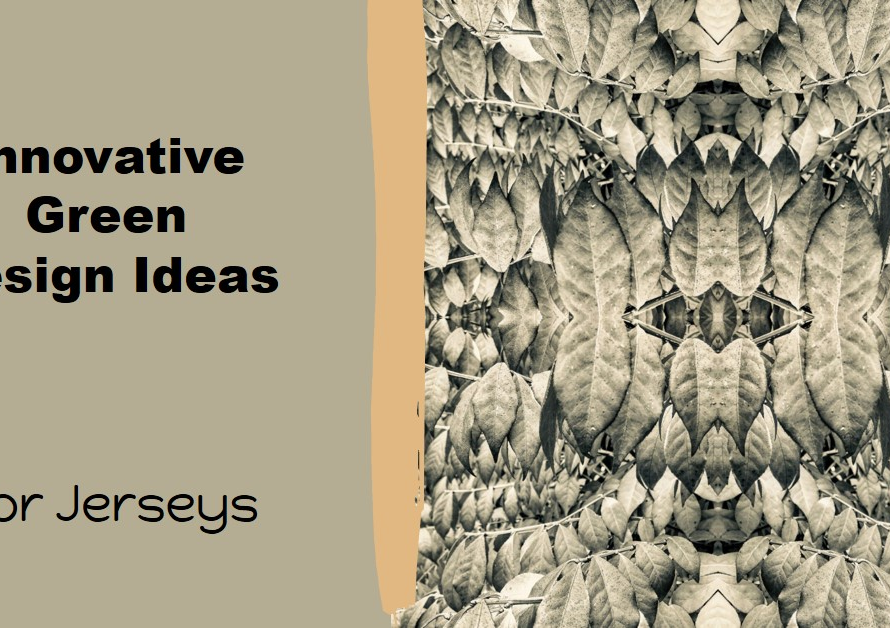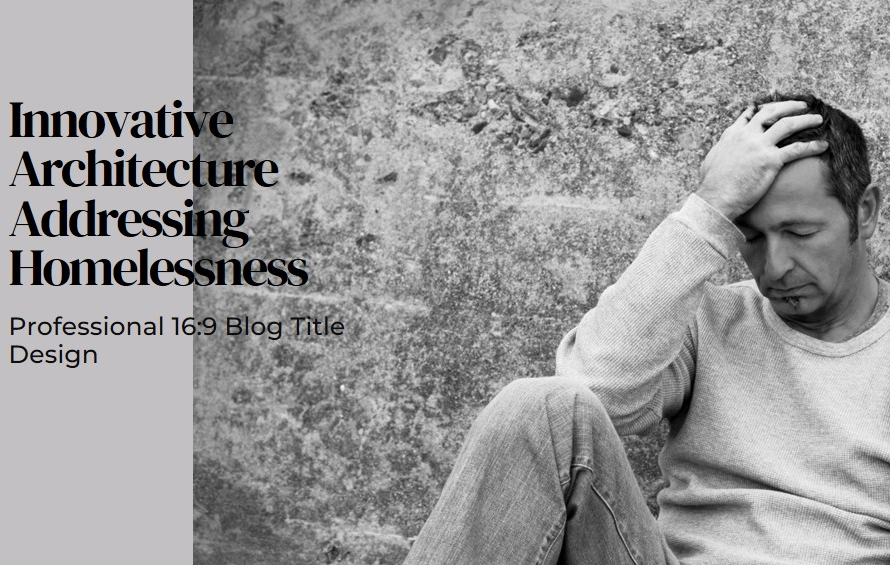
Table of Contents
- Unveiling the World of Environmental Design
- Decoding Job Titles: What They Really Mean
- Essential Skills: What Employers Seek
- Education and Certifications: The Academic Pathway
- Industry Trends: Staying Ahead of the Curve
- Networking: Building Professional Connections
- Crafting a Standout Portfolio: Showcasing Your Work
- Job Search Strategies: Finding the Right Opportunities
- Interview Preparation: Making a Lasting Impression
- Continuous Improvement: Advancing Your Career
- Conclusion: Navigating the Path to Success
Unveiling the World of Environmental Design
Environmental design has become a pivotal field, intertwining sustainability with innovation. As urban landscapes evolve, the demand for professionals who can create eco-friendly and efficient spaces grows. Environmental design jobs are more than mere occupations; they are missions to foster harmony between human habitation and the natural world. But how does one navigate this expanding job market effectively?
Decoding Job Titles: What They Really Mean
Job titles in environmental design can be as varied as the field itself. From Environmental Designers and Sustainability Consultants to Urban Planners and Landscape Architects, each role carries its own set of responsibilities and specialties. Understanding these distinctions is crucial for job seekers aiming to align their skills and interests with the right position.
For instance, an Environmental Designer focuses on creating sustainable building plans, while a Sustainability Consultant advises companies on reducing their environmental impact. Urban Planners develop comprehensive plans for land use, and Landscape Architects design outdoor spaces that harmonize with the environment. Knowing the nuances of these roles can help applicants tailor their job searches and applications more effectively.
Essential Skills: What Employers Seek
Employers in the environmental design field look for a blend of technical expertise and creative problem-solving abilities. Proficiency in tools like AutoCAD, GIS, and Adobe Creative Suite is often a prerequisite. However, soft skills such as project management, communication, and teamwork are equally valued.
Moreover, familiarity with sustainable design principles and practices is non-negotiable. Employers seek candidates who not only understand but also advocate for green building standards like LEED and WELL. Demonstrating a commitment to continuous learning and staying updated with the latest industry trends can significantly boost a candidate’s appeal.
Education and Certifications: The Academic Pathway
A solid educational background is essential for a career in environmental design. Most positions require at least a bachelor’s degree in fields such as environmental design, architecture, landscape architecture, or urban planning. Advanced degrees can open doors to higher-level positions and specialized roles.
Certifications can also enhance a candidate’s qualifications. Credentials such as LEED Accredited Professional, WELL Accredited Professional, and Certified Environmental Planner showcase expertise and dedication to the field. Additionally, continuous education through workshops, seminars, and online courses can keep skills sharp and knowledge current.
Industry Trends: Staying Ahead of the Curve
The environmental design industry is constantly evolving, with new trends shaping the way professionals work. Staying informed about these trends is crucial for job seekers. Currently, there is a strong emphasis on resilience and adaptation in design, focusing on creating structures that withstand climate change impacts.
Another trend is the integration of technology in design processes. From Building Information Modeling (BIM) to virtual reality (VR) simulations, technology is revolutionizing the field. Job seekers who embrace these advancements and acquire relevant tech skills can position themselves as forward-thinking candidates.
Networking: Building Professional Connections
Networking is a powerful tool in any job search, and the environmental design field is no exception. Joining professional organizations such as the American Society of Landscape Architects (ASLA) or the Urban Land Institute (ULI) can provide valuable networking opportunities. Attending industry conferences, workshops, and seminars can also facilitate connections with potential employers and mentors.
Moreover, online platforms like LinkedIn offer avenues for showcasing professional achievements and engaging with industry leaders. Participating in relevant groups and discussions can enhance visibility and establish a presence in the environmental design community.
Crafting a Standout Portfolio: Showcasing Your Work
A well-crafted portfolio is a cornerstone of a successful job search in environmental design. It should highlight a candidate’s best work, demonstrating both technical skills and creative vision. Including a variety of projects—such as residential, commercial, and public spaces—can showcase versatility.
Each project in the portfolio should be accompanied by a brief description, explaining the design process, challenges faced, and solutions implemented. High-quality visuals, such as drawings, renderings, and photographs, are essential for making a strong impression. A digital portfolio, easily accessible via a personal website or online platform, can further enhance a candidate’s reach.


Job Search Strategies: Finding the Right Opportunities
Finding the right environmental design job requires a strategic approach. Job seekers should utilize a mix of online job boards, company websites, and professional networks. Websites like Indeed, Glassdoor, and LinkedIn often list numerous opportunities in the field.
Tailoring resumes and cover letters to each specific job application can also make a significant difference. Highlighting relevant experience, skills, and achievements that align with the job description can capture the attention of hiring managers. Additionally, following up on applications and expressing continued interest can demonstrate determination and enthusiasm.
Interview Preparation: Making a Lasting Impression
Preparing for interviews is crucial in landing an environmental design job. Researching the company and understanding its projects, values, and mission can provide a solid foundation. Practicing common interview questions, particularly those related to past projects and problem-solving scenarios, can boost confidence.
During the interview, showcasing a genuine passion for environmental design and sustainability can leave a lasting impression. Discussing specific examples of how one’s work has contributed to environmental goals can highlight a candidate’s commitment and expertise. Moreover, asking insightful questions about the company’s future projects and goals can demonstrate engagement and forward-thinking.
Continuous Improvement: Advancing Your Career
A career in environmental design is a journey of continuous improvement and learning. Staying updated with industry developments, pursuing additional certifications, and seeking new challenges can propel career growth. Engaging in professional development opportunities, such as attending workshops and earning advanced degrees, can open doors to higher-level positions and specialized roles.
Additionally, seeking feedback from peers and mentors can provide valuable insights for personal and professional growth. Embracing a mindset of lifelong learning and adaptability can ensure sustained success in the dynamic field of environmental design.
Conclusion: Navigating the Path to Success
Environmental design jobs offer rewarding careers that contribute to creating sustainable and livable spaces. By understanding the intricacies of job titles, honing essential skills, pursuing relevant education and certifications, and staying abreast of industry trends, job seekers can navigate this field effectively. Networking, crafting standout portfolios, employing strategic job search techniques, preparing thoroughly for interviews, and committing to continuous improvement are all critical steps on the path to success in environmental design. With the right approach and dedication, aspiring environmental designers can find fulfilling opportunities that align with their passion for sustainability and innovation.


